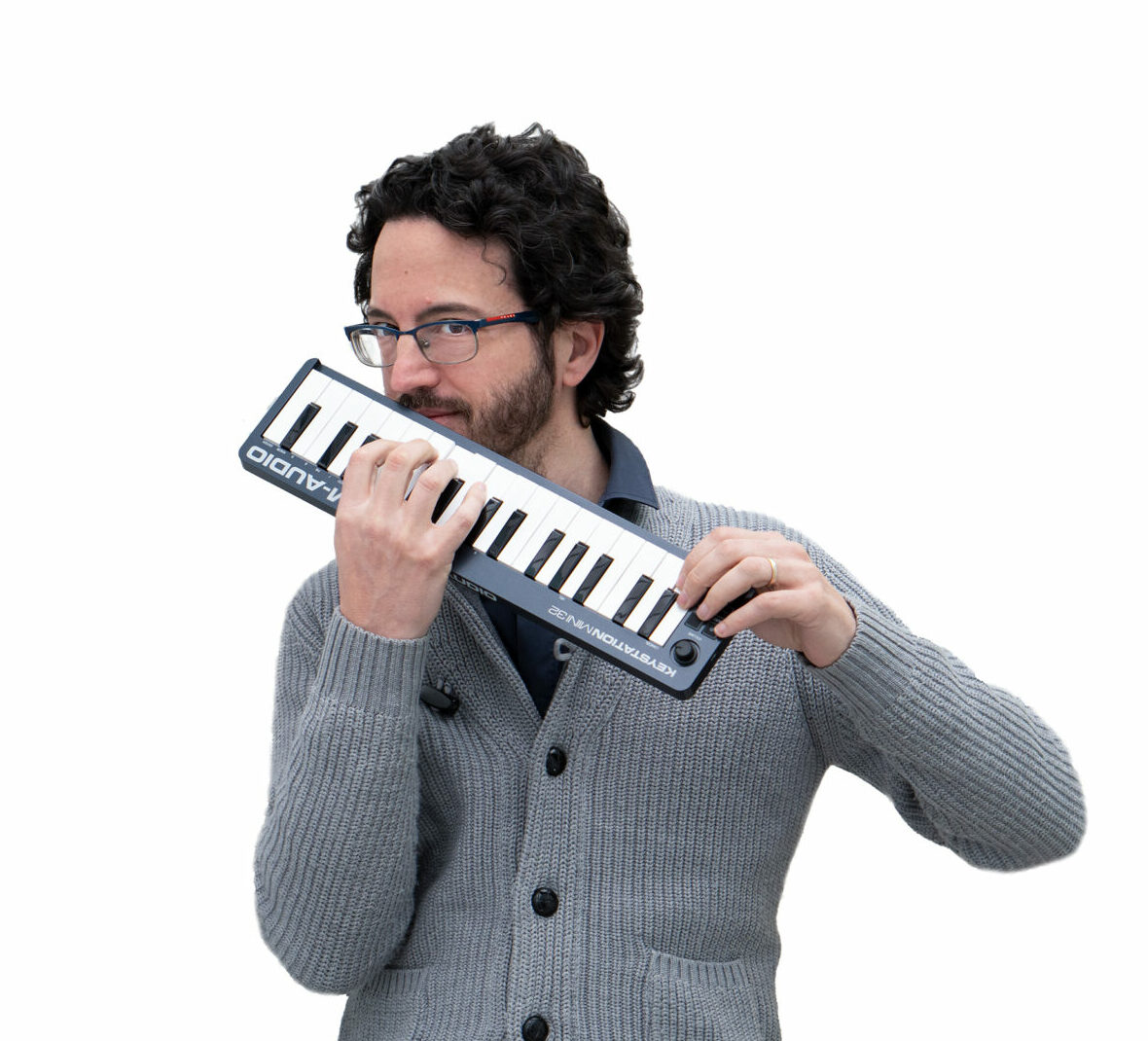Bluetooth Low Energy: towards the technology crossover!


Not a day goes by in our lives when we are not in some way engaged in searching for a place in the world. It sounds like a philosophical phrase, and perhaps in some ways it could be. How often do we use the navigator to answer similarly existential questions? Where am I? Where should I go? How long will it take me to reach my destination?
Everything revolves around technologies and discoveries that aim to help humans locate themselves and the objects they care about. If we bring this concept into the world of services and industry, we soon realise what and how many advantages we can gain by having this information under control.
The topic is closely related to the Internet of Things (IOT), as in order to locate an asset or a person, I need to equip an instrument with an intelligent device that can understand questions and provide answers.
The excursus on the technological possibilities that exist to locate goods, people and animals is quite long, but it is divided into two main categories that reflect the expected result:
The two implementations are extremely different in terms of applicability, cost, and above all the necessary infrastructure. Another variable used to assess the correct localisation solution is also the maximum precision with which an item can be located in a predefined space.
Aton’s traceability solutions in recent years have had as their strong point the implementation of RFID systems with which we have supported our customers in improving identification processes, both automatic and non-automatic, and traceability.
Premised on the importance of installation and applicability requirements, today’s article focuses on an established and no longer just emerging technology, such as BLE (Bluetooth Low Energy).

Source: Zebra Technologies
It is precisely on traceability that a real technological crossover is taking place: why limit ourselves to identifying and recording the last known location, when we can also locate our assets or people in real time by adding a relatively simple technological layer like BLE?
Bluetooth Low Energy is a data transmission protocol obviously based on Bluetooth technology, but with some interesting features that make it suitable for the purposes described above – localisation and identification.
The ‘secret’ lies in the words ‘Low Energy‘, i.e. at the expense of transmission speed, we can transfer the same amount of data as Bluetooth, but with much less energy required. But how does the positioning calculation take place? Through a triangulation algorithm, based on the known position of the antennas or emitters.
Why do we need to limit the energy consumed? Because the intelligent device that will help us identify our item needs an energy source – usually a small battery – in order to confirm its presence to an interrogator – your mobile phone, or a dedicated antenna.
The less energy it consumes, the more the Tag (also called Beacon) will ensure its continuous operation.
This has always been a point of comparison with passive technologies, and as with electric cars you can risk the effect of being stranded, especially if I have hundreds of tags installed it becomes a risky situation.
Fortunately, technological development has come to our aid and today a BLE tag with a lithium battery on board can guarantee up to five years of operation.
As with RFID, BLE will also become an integral part of Aton’s solutions. The term ‘agnostic’ is often used to define software that is independent of the hardware or technologies it uses to achieve its purposes. I like to think that instead there is more acceptance than agnosticism.
Think of the retail world, far removed from industrial and production logics, yet increasingly our customers in that sector also feel the need to have aspects involving localisation under control. On this topic, our .onTag solution is available for a demo in our Experience room “THE SOURCE”.
Our customers use RFID and BLE to track and trace:
Remember the battery problem for BLE beacons? Well, the future is bright in that respect too. Numerous studies and research are achieving excellent results on the applicability of sensors and the use of antennas capable of powering themselves by merely receiving electromagnetic waves transmitted in the ether. Translated? Passive BLE tags! 5G and even 6G!
The evolution of transmission technologies also travels on these frequencies that are increasingly publicised, but not yet able to make a difference in commercial terms. In the technologies described in this article, we have not examined too closely the difference between indoor and outdoor. Currently, outdoor location management relies on GPS or ultra wide band, but with the implementation of 5G and even more so in 6G everything suggests that the future will be unified with a single technology.
In conclusion, our solutions are already able to meet all traceability needs, but with the addition of location-specific layers we will cover the whole field of possibilities!